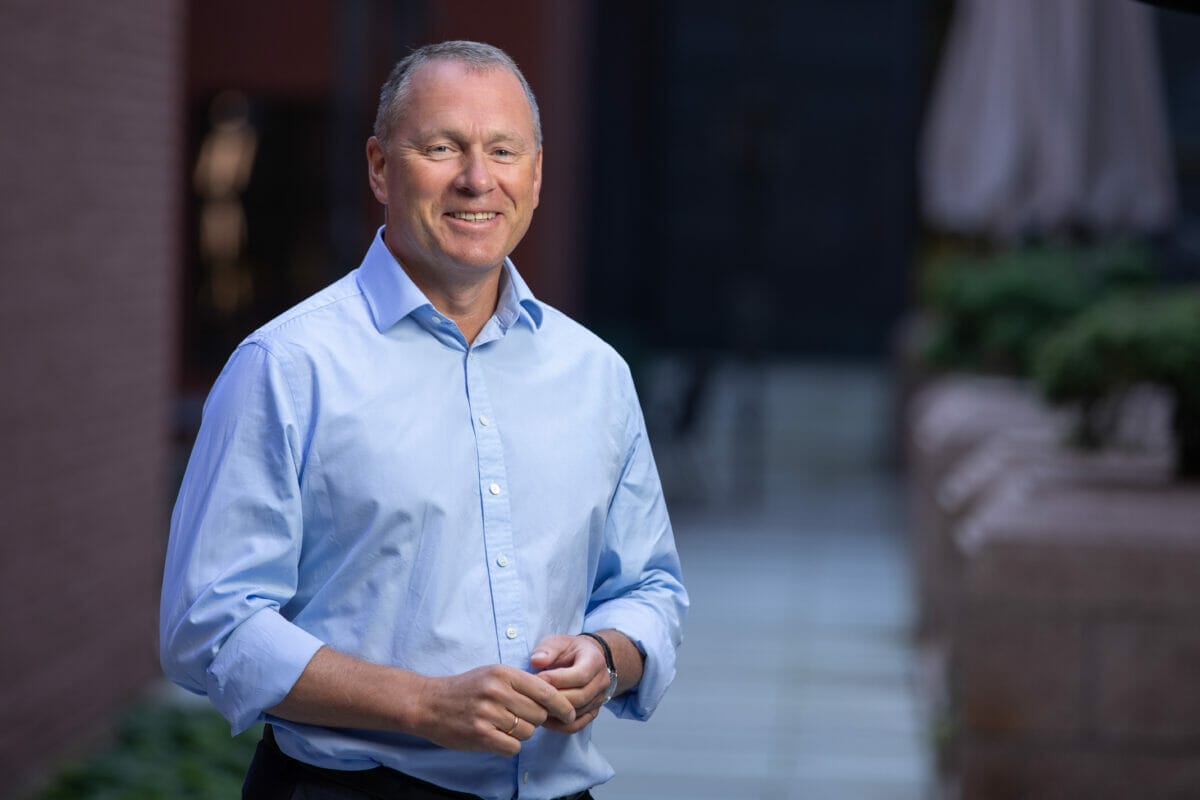Most investors gathered at the PRI in Person’s annual conference in San Francisco believe there will be a disruptive transition to a non-carbon economy as the world scrambles to cope with climate change.
Rather than an orderly transition with policy action combining with technological developments and innovation to usher in a fairly smooth change, 63 per cent of respondents expect a late, forceful policy response. The world will meet its climate objectives but at a higher cost to society because of delayed action, conference attendees said, in a gloomy prognosis attributed to the absence of government leadership on the issue.
“We are missing a policy response,” said Eva Halvarsson, chief executive of Sweden’s SEK345 billion ($38.4 billion) buffer fund AP2, who noted the challenges of portfolio construction when there is so much uncertainty. AP2 has steadily focused its efforts on constructing a portfolio in line with a 2-degree warming scenario.
“We are looking at the portfolio from a new perspective,” she said.
The approach has involved intense work with academics and external partners and has led the fund to invest in a different way.
MN, one of the Netherlands’ largest asset managers, handles the assets of the €70 billion ($81 billion) Pensioenfonds Metaal en Techniek. It has adopted a similar approach. It began measuring its carbon footprint after the Paris Agreement and is now in the process of building a portfolio in line with that agreement.
“We are integrating a strategy framework and looking at opportunities,” said Gerald Cartigny, chief investment officer and member of the managing board at MN.
Investors also espoused the virtues of co-operation.
“Now is an incredible time in terms of what we can do,” said California State Controller Betty Yee, who is responsible for accountability and disbursement of the state’s financial resources.
Yee cited the Investor Agenda, which guides asset owners on investment in low-carbon sectors, the phasing out of coal, engagement with the largest emitters and advocacy.
“This is a step-change in terms of investor action and alignment of activities,” said Yee, who also serves on the boards of the California Public Employees’ Retirement System and the California State Teachers’ Retirement System.
She also said the growing consequences of climate change – from fires to rising sea levels and drought – would start to affect local policy in California.
“Policymakers will wake up [when] it is hitting home,” she said. “Investors need to work out how they can be part of the solution.”
National policy is starting to emerge in China, said Yimei Li, chief executive of ChinaAMC, one of the country’s largest asset managers. She noted the Chinese Government has begun to make action on climate change a national priority.
“China is new to this concept but at the same time we have seen a lot of top-down work from the government,” Li said. This raised awareness is helping asset managers engage with Chinese companies in a new and open way, she explained.
“When we approach to engage, we can do it in an honest and sincere way, so the company is not defensive or intimidated,” she said.
She has also noticed an increasing trend amongst Chinese investors to engage with policymakers and target different government organisations with different goals.
“We are very excited about this concept,” Li said. “This is key in China because it is very top-down; if you can get the government on board, it helps.”
Investors also noted that engagement with companies was a powerful and effective strategy that could help compensate for the lack of political leadership.
“Engagement does work, engagement does make sure companies move,” MN’s Cartigny said.
Successful engagement is easier if you have a long-term relationship with the company, rather than just “flying in”, he noted.
Cartigny cited MN’s engagement with 12 heavy polluters in its portfolio and said engagement involved a long and drawn-out process of pushing for change that could stretch for 10 years or more. MN engages with three sets of stakeholders: companies, external asset managers and policymakers.
“We are active at all levels,” Cartigny said.
Yee cited the positive influence and importance of Climate Action 100 in engagement. The five-year investor-led initiative to engage greenhouse-gas emitters and other companies on driving the clean-energy transition has had a positive effect.
“It is not just a shaming initiative,” she said.
AP2’s Halvarsson counted engagement as a key responsibility.
“It is so easy to see things in black and white, and just sell it off, but we have a responsibility in driving change,” she said.
She also talked about the importance of investors’ own disclosure to beneficiaries when encouraging investee companies to disclose.
“We have a leadership model within our own organisation whereby we have to do it ourselves, too,” Halvarsson said. “We know what to expect when talking to companies.”
The panel also observed the risk to investors from the transition to a non-carbon economy. Some companies will transform and adjust to the new world and others will fail. It will require investors to take money out of companies that can’t transition and to scenario-test at a company level to gauge the robustness of companies and their ability to transform. If a company has never discussed the transition to a low-carbon economy at the board level, it is unlikely to make the leap.



